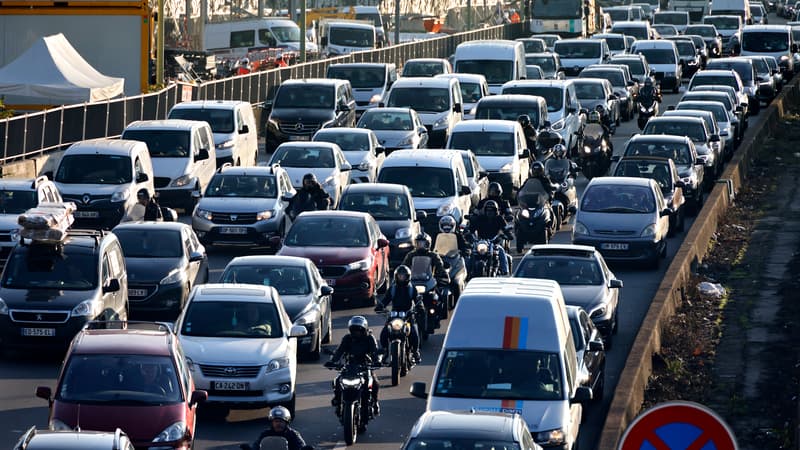The European Union’s goal of zero greenhouse gas emissions for new cars from 2035 will be difficult to achieve because the three necessary conditions are not met, according to a report from the European Court of Auditors published on Monday, April 22.
First “failure”: the reduction of CO2 emissions from cars with thermal engines (gasoline and diesel). The EU’s independent financial watchdog points out that emissions from new cars did not begin to be reduced until 2020, “that is, 11 years after the entry into force of the first regulation in this area.”
Same amount of CO2 emitted “as 12 years ago”
“Despite high ambitions and strict requirements, most of today’s thermal cars still emit the same amount of CO2 as 12 years ago,” emphasizes Nikolaos Milionis, one of the authors.
The development of alternative fuels (biofuels, synthetic fuels, hydrogen) constitutes the second axis identified by the Court. But the authors “highlight the absence of a precise and stable roadmap to solve the long-term problems of the sector: the amount of fuel available, costs and respect for the environment,” they explain.
The third path is the development of electric vehicles. But the EU must “significantly” improve its competitiveness, especially in battery manufacturing.
“Low battery production capacities”
“The European battery industry is lagging behind,” despite “significant public aid,” the authors note: “less than 10% of global production capacity” is in Europe and China “has alone 76% of global capacity”.
“We want to draw attention to the low production capacities and risks related to battery imports,” Afonso De Castro Malheiro, one of the authors, stressed on Monday when presenting the report to the press.
The document points out Europe’s “extreme dependence” on “resource imports from third countries with which it does not have satisfactory trade agreements” or which present “geopolitical risks for Europe’s strategic autonomy”, not to mention the social and environments in which they are found. The raw materials are extracted.”
Thus, Europe “imports 87% of its raw lithium from Australia, 80% of its manganese from South Africa and Gabon, 68% of its cobalt from the Democratic Republic of the Congo and 40% of its graphite from China.”
Source: BFM TV


